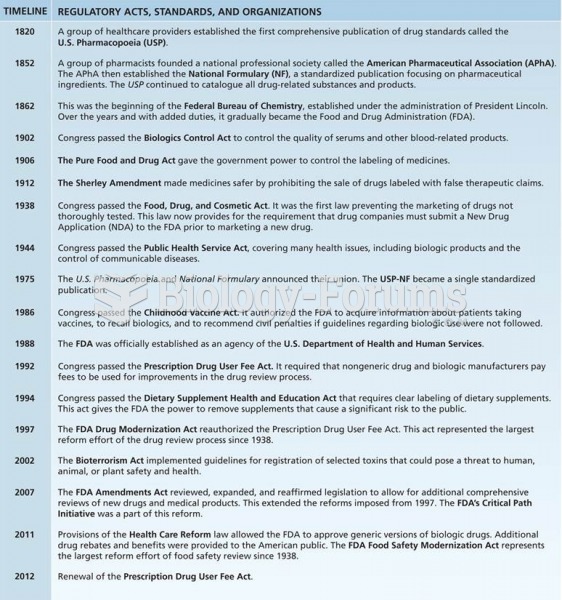Answer to Question 1
A
Answer to Question 2
All individual debtors must complete the Statement of Current Monthly Income and Means Test Calculation. By properly preparing this form, the debtor can find out whether he or she qualifies for a Chapter 7 liquidation case or must file for Chapter 13. If the debtor's income is at or below the median income for a family of her size in her state, it is presumed that the debtor may file for Chapter 7. However, if the debtor's household income is above the median, he or she must take the Means Test.
The average income from the past six months is what the court uses to determine an average annual income for the debtor. The average monthly income taken from the past six months is then multiplied by 12. The resulting figure is the debtor's average household income. The debtor's annual household income is then compared to the median household income in the debtor's state, which represents the income level that falls exactly in the middle of the range of incomes for a particular family size. The paralegal can find a listing of all the states' median household incomes on the U.S. Trustee website.
The paralegal must take care to collect all financial data from the client. This includes traditional income as well as non-traditional income such as royalties, rental income, etc.
If the debtor's income is at or below the median income for the debtor's state, the debtor may select the check box that states, The presumption does not arise, on page 1 of the form and then complete section VIII of the form. If the debtor's income is above the median income in the debtor's state, the debtor must complete the remaining questions on the Means Test. The remaining questions in parts IV and V determine whether the debtor will have enough disposable monthly income, after deducting certain allowed expenses, to make payments on a Chapter 13 repayment plan.







